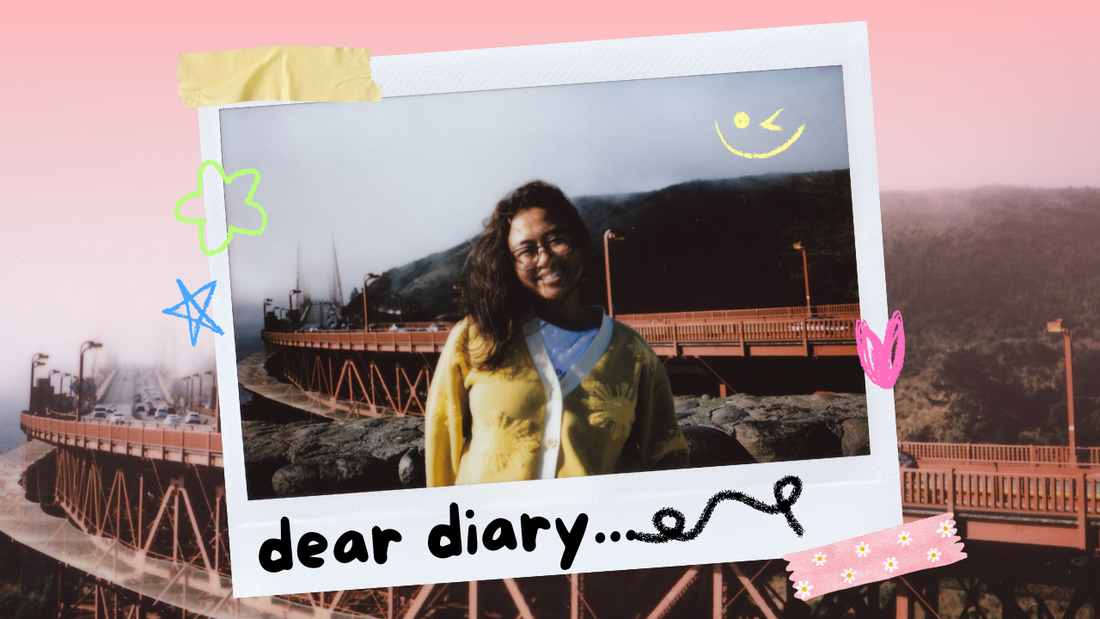 Click image to watch full video
Click image to watch full video
-
“I never felt Filipino enough. I never felt American enough either.”That line might sound familiar. It’s whispered at family parties, confessed in DMs, and tucked inside journals where only we see it. For so many Filipino Americans, identity ia a question and a faint ache. A push-and-pull between two worlds, neither of which we were ever fully allowed to claim. But what happens when you stop trying to prove you belong, and start creating from the cracks instead?
The Crisis We Don’t Talk About
For years, many of us lived in the never enough paradox. Too “Americanized” for the cousins back home, too “ethnic” in classrooms where perfect English was survival. Parents told us to assimilate: ace your classes, join sports, speak without an accent. Heritage was optional, sometimes even discouraged. Tagalog wasn’t taught—because “it would set you back in school.” Skin was scrubbed with papaya soap in the hopes of getting lighter. Features were criticized until the mirror became unbearable. It worked, maybe, on paper. We became model students. But inside? We carried fragments of ourselves, always half-formed.
Overcompensation in College: Proof on Display
Then came the overcorrection. Filipino clubs. Cultural nights. Wearing barongs and ternos with pride. Learning tinikling in borrowed classrooms. It looked like belonging, and in many ways, it was healing. But underneath, there was still doubt: Am I performing my identity, or living it? Am I proving myself to others, or convincing myself? That’s the trap of identity work, sometimes it feels like cosplay.
Family, Middle Spaces, and Measuring Up
Add in the messy layers of family dynamics. Being the middle child, never the favorite. Measuring yourself against siblings who seemed to always do it “better.” That invisibility stung just as sharply as cultural invisibility. And here’s the thing: the two aren’t separate. Family stories shape cultural wounds. Birth order, assimilation, comparison—they all come in one.
Healing Through Creation
For some, the turning point came through building something of their own. In this case: Kilig Ko.
Everything became therapy. A way to piece together the fractured parts: Filipino roots, American upbringing, and the messy middle ground. Not to erase the confusion, but to honor it. “Everything I create feels like healing for myself.” “Even if I don’t fit into a single box, my story still matters.”
And maybe that’s the lesson: what feels fragmented can also be foundation.
The Work of Reclaiming
Identity healing is slow. Some days it looks like affirmations whispered to self:
- I am Filipino enough.
- My skin is beautiful. My features are mine to love.
- I don’t need to shrink to belong.
Other days, it’s public. Sharing stories online, knowing trolls or distant people might scoff. Posting anyway, because someone out there needs to hear it. And then there’s the community piece. The moment you realize your healing isn’t just for you. It’s for every Fil-Am kid who grew up ashamed of not speaking Tagalog. For every teen who bleached their skin with papaya soap. For every middle child who felt invisible in their own family photos. Healing is contagious.
Why It Matters Now
The Filipino diaspora in America is more visible than ever—on fashion runways, in music charts, in politics. But visibility doesn’t erase the internal battles. Beneath every viral moment is a generation still piecing itself back together. That’s why stories like these matter. They validate the mess. They say: identity doesn’t have to be polished to be powerful.
And maybe the real kilig isn’t about butterflies or crushes at all. Maybe it’s the rush you feel when you finally look in the mirror and say: This is me. All of me. And it’s enough.

